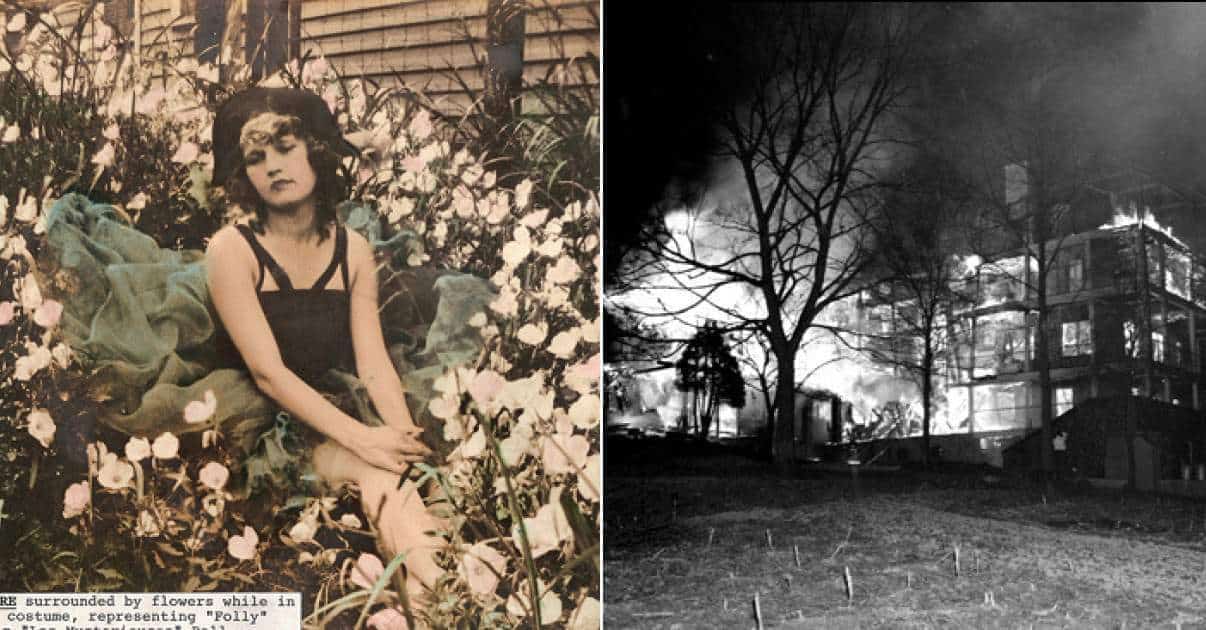Tucked in the mountains of Western North Carolina, a woman looks out from a window. Her clothes plain- much plainer than the magnificent costumes she donned in her youth. The woman’s eyes glitter with ghosts of wild parties, bubbling champagne and loud music. But the room she sits in is silent. She brushes a stray hair from her face and catches a glimpse of her aging hands. The same hands that brought a child into the world, painted countless pictures and wrote words of joy and grief. Now they sit dormant, like her once sharp mind.
Zelda Fitzgerald sat in a room, sedated, awaiting electroshock therapy on the evening of March 10, 1948. But Zelda was not always this shadow of a figure sitting in an asylum, possibly reminiscing on more colorful parts of her life. Zelda Sayre Fitzgerald was once renowned as a Jazz icon during the Roaring Twenties.
Her early, privileged life allowed her to throw extravagant parties, have rebellious rendezvous and flirt with some of the most renowned people of the decade. Born in 1900, in Montgomery Alabama, Zelda came from a wealthy family and enjoyed the perks that comes with prestige. Zelda was the vibrant, headstrong youngest daughter of Alabama Supreme Court Justice Anthony Sayre and Minnie Machen Sayre. Their high status and expectations for her daughter rubbed off on the young Zelda. Despite her charming demeanor and lovable character, many believed Zelda’s biggest character flaws were her attention-seeking ways. However, others suggest this particular quality, along with her undeniable intelligence, is what made her so intriguing as an acquaintance and muse.

In her own diary she wrote about her high school experience:
“I ride boys’ motorcycles, chew gum, smoke in public, dance cheek to cheek, drink corn liquor and gin. I was the first to bob my hair and I sneak out at midnight to swim in the moonlight with boys at Catoma Creek and then show up at breakfast as though nothing had happened.”
From this passage, a reader can get a clearer view of the confident young woman that charmed and scandalised so many, including her future husband, F. Scott Fitzgerald. Zelda’s powerful voice not only graced the pages of her diary, but she pursued writing from a young age. Her literary career is one she received much criticism for from her husband and would later contribute to their tumultuous marriage.

